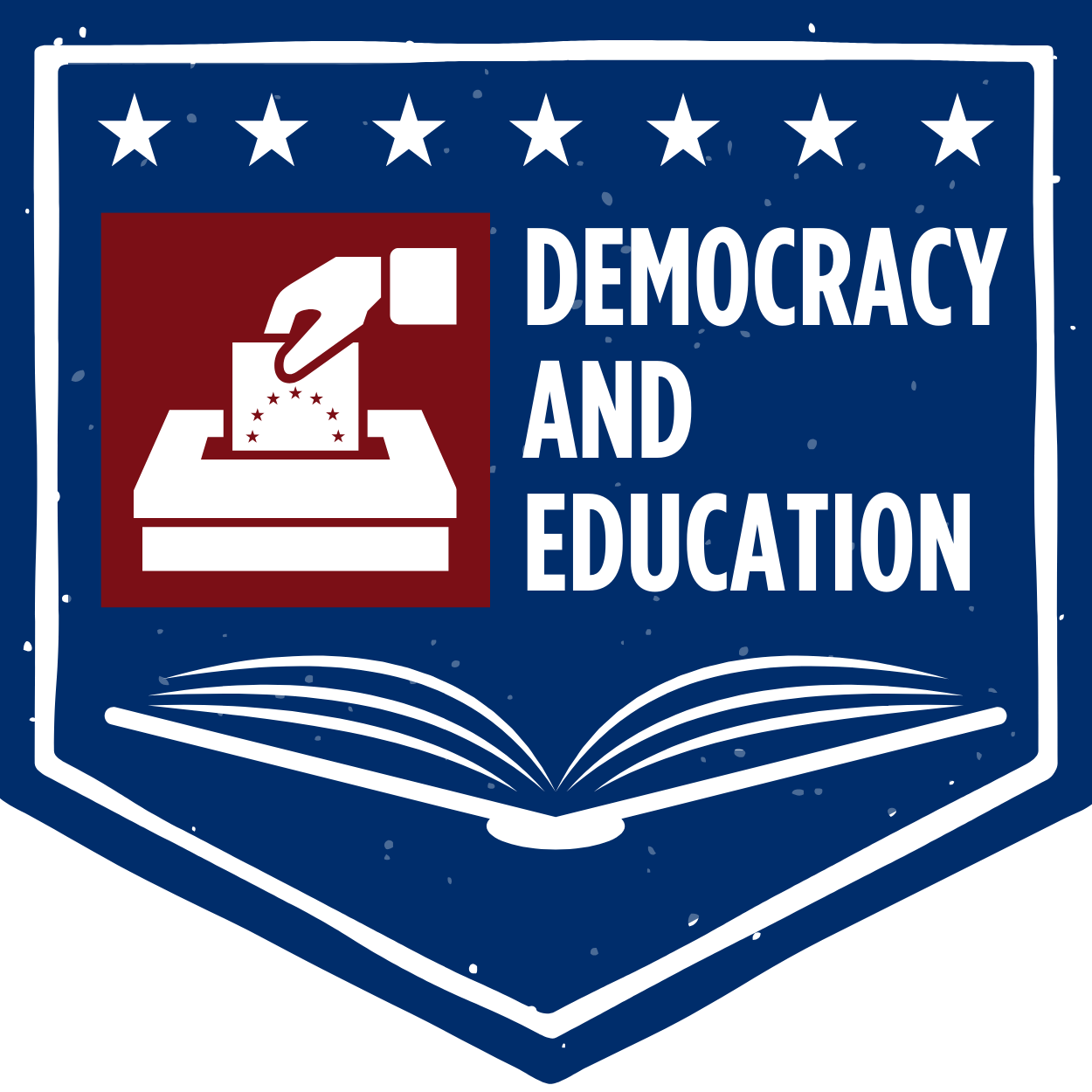School Funding
What School Board Candidates Need to Know
Photo by Austin Pacheco on Unsplash
Overview
School districts typically have a mixture of funds from local, state, and federal governments.
Local: In some states school boards set their own taxes. In others, they must ask for money from their local governmental legislative body such as a city or county council. In both cases, funds usually come from local property taxes. Because affluent districts generally have more money, children from low-income families typically have less money spent on their education than children from wealthy ones.
State: Although just about every state’s constitution guarantees every child an education, states generally provide on average about only 44 percent of school funding, often distributed through a complicated funding formula. Despite some attempts to “equalize” funding, in general wealthier districts still have more per pupil spending than less wealthy ones.
Federal: Nationally, the federal government provides about 9 percent of the money spent on education, but this varies by state. In some states it is as little as 5 percent; in others more than 16 percent. Federal money typically comes from two big buckets: Title I and IDEA.
● Title I began with the first passage of the Elementary and Secondary Education Act in 1965 under President Lyndon B. Johnson, and had as its purpose ensuring that children living in poverty had the same amount spent on their education as middle-class children. Title I funds are distributed by a formula based on the number of children living in low-income families and the amount of “effort” states make to fund schools. Title I funds rarely make up the disparities in spending.
● IDEA funds began with the Individuals with Disability Education Act, first passed into law in 1975 as the Education of Handicapped Children Act. The funds are distributed by a formula and cover services for eligible children from birth until the age of 21, although they generally don’t cover the full cost of them.
In addition, Title II funds provide money to improve the knowledge and skill of educators. And, if a district has a military base or a Native American reservation, it receives a federal payment in lieu of property taxes. The Department of Agriculture provides funds for the school meal program.
On average school districts spent $13,494 per child in 2020. That varies wildly by classroom, school, district, and state, however. Some districts spend more than $30,000 per student; some less than $9,000.
However, during COVID, Congress passed three relief bills providing a total of $190 billion in federal money for K-12 schools in Elementary and Secondary School Emergency Relief Funds (ESSER) . (In comparison, Title I was only $16 billion in 2022.) The money flows to state education agencies, which can keep 10 percent of the funds and share the remainder with local districts, following the same formula as Title I funds. The ESSER money, which must be spent by late 2024, is being used for a wide variety of purposes, including upgrading ventilation, buying new curricula, hiring new teachers and counselors, and paying outside organizations to provide one-on-one tutoring and counseling.
What to Look For in Your School District
Data: What is the per pupil spending? Does it vary within the district and within schools? Do the students with the most need or the least need have the most spent on them? How does the district spend its Title I money? Does it go to the students who need it the most? How is the district spending its ESSER money? Does it have a published plan? Was the plan developed with community input? How was that input gathered? What measures does the district use to tell whether what it's doing is helping students recover from interrupted schooling during COVID?
Stories:
Talk with teachers. Do they have the supplies they need to teach their students? Are they confident in the districts’ COVID measures?
Talk with principals. Do they have some discretion to spend, for example, Title I and ESSER funds?
Talk with parents and students. Do their schools and classrooms have necessary equipment and supplies? Do they understand and have confidence in their district’s COVID measures?
Possible Message to Voters
Every child in our school district deserves a good education, and that means ensuring that the money we spend on schools is distributed fairly. We need to work to make funding more fair. The federal COVID relief money provides a real opportunity for the tutoring and personalized attention that students need to make up for the pandemic’s disruption as well as a chance to pay for some long-needed improvements to our schools. Educators, parents, students, and community members can all help us understand what the priorities should be.
For More Information:
The Education Commission of the States has a 50-state review of Constitutional Obligations for Public Education.
The Albert Shanker Institute and Rutgers University have a state-by-state analysis of education funding.
EdBuild has, among other things, a district-by-district analysis of disparities in school funding.
The Education Trust has an analysis of funding disparities by student group in each state.
The Learning Policy Institute has a report on How Money Matters.
Georgetown University’s FutureEd has an analysis of how schools are spending COVID aid money.
Season 5 of The Education Trust’s podcast ExtraOrdinary Districts, “Where Are All Those Dollars Going?” talks with educators about how their districts are using COVID aid money.
The U.S. Department of Education has a great deal of information about its role in education.

